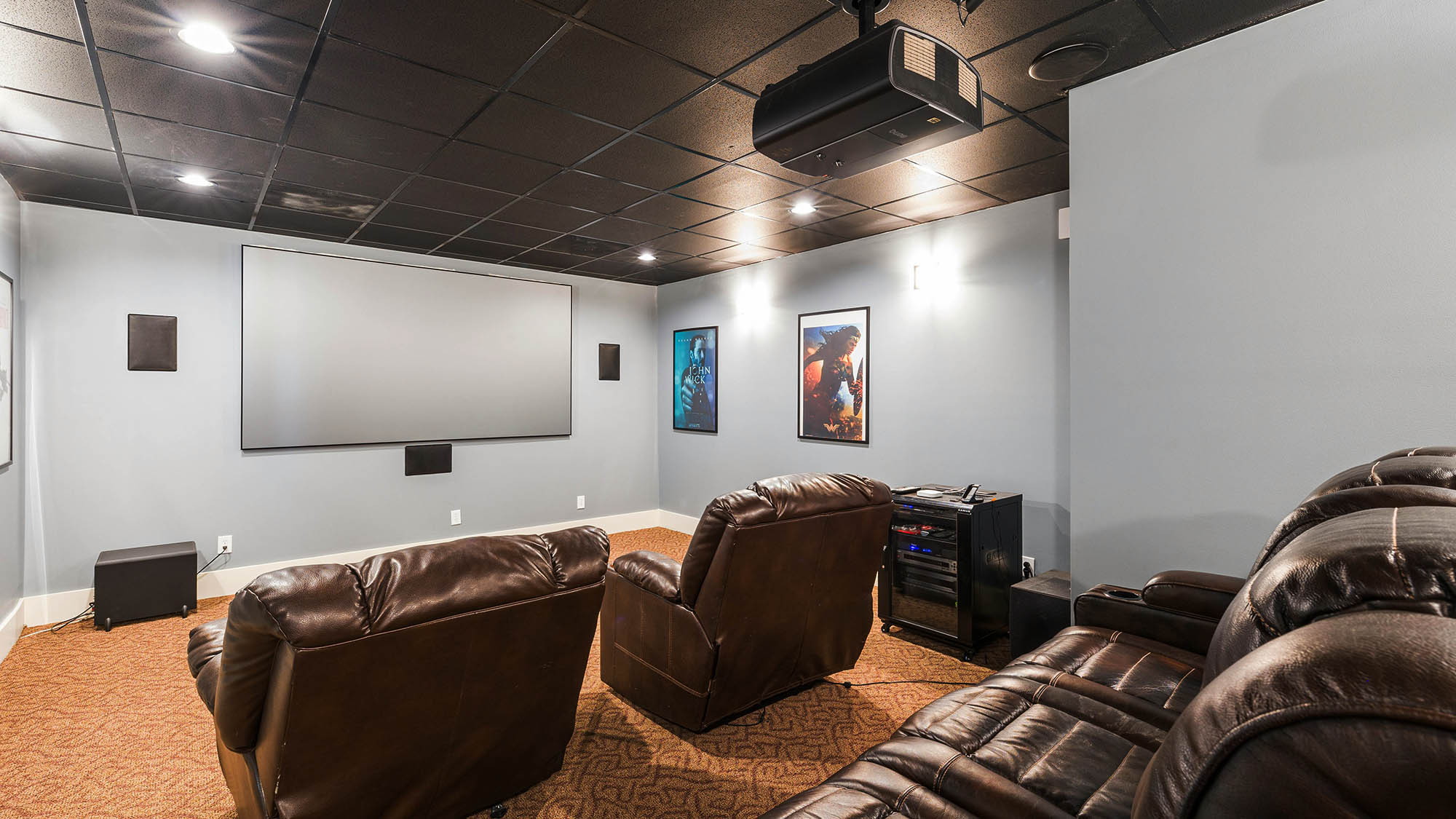
Want to know how to set up a surround system or Dolby Atmos system for your home theater? Setting up a surround sound system can involve several steps to ensure that you get the best audio experience. Here’s a comprehensive guide:
1. Choose the Right Equipment:
- Receiver: The central hub that connects all your audio and video equipment.
- Speakers: A typical surround sound system includes a center speaker, front left and right speakers, rear left and right speakers, and a subwoofer. Some systems also include additional speakers for more advanced setups (e.g., 7.1 or 9.1 systems) with height or ceiling speaker locations.
- Cables: Ensure you have the necessary speaker wires, HDMI cables, and other connectors.
2. Place the Speakers:
- Center Speaker: Place it directly below your TV in a centered position. The higher, the better.
- Front Left and Right Speakers: Position them at equal distances on either side of the TV, angled slightly towards the seating area.
- Rear Left and Right Speakers: Place them behind the seating area, at ear level or slightly above, angled towards the listening position.
- Subwoofer: Place it near the front speakers, but it can be moved around to find the best spot for bass response. You might also consider dual subwoofers for left and right coverage.
- Additional Speakers (if applicable): Follow the manufacturer’s recommendations for placement.
3. Connect the Speakers to the Receiver:
- Speaker Wires: Connect each speaker to the corresponding output on the receiver. Ensure positive and negative terminals match.
- Wireless Speakers: Connect any wireless speakers using the software in the receiver.
- HDMI Cables: Connect your TV and other devices (Blu-ray player, gaming console, etc.) to the receiver using HDMI cables.
4. Configure the Receiver:
- Input Settings: Assign the correct input for each device connected to the receiver.
- Speaker Configuration: Use the receiver’s setup menu to configure the number of speakers and their sizes (small or large).
- Speaker Distance: Enter the distance of each speaker from the primary listening position to ensure sound reaches the listener at the same time.
- Speaker Levels: Use a sound level meter or the receiver’s built-in calibration system (e.g., Audyssey, YPAO) to balance the volume levels of each speaker.
5. Test the System:
- Test Tone: Use the receiver’s test tone feature to ensure each speaker is working correctly and at the right volume.
- Source Material: Play different types of content (movies, music, games) to check the system’s performance.
6. Fine-Tuning:
- Speaker Placement: Adjust the positioning of the speakers for optimal sound quality.
- Receiver Settings: Tweak the receiver settings based on your preferences and room acoustics.
- Room Acoustics: Consider adding acoustic treatments (e.g., curtains, carpets, sound panels) to improve sound quality.
Additional Tips:
- Speaker Stands/Mounts: Use stands or wall mounts for optimal speaker placement.
- Cable Management: Keep cables organized and avoid running them parallel to power cords to reduce interference.
- Firmware Updates: Keep your receiver’s firmware updated for the latest features and improvements.
Also Read: The Best Reference Quality 4k Movies For Your Home Theater
